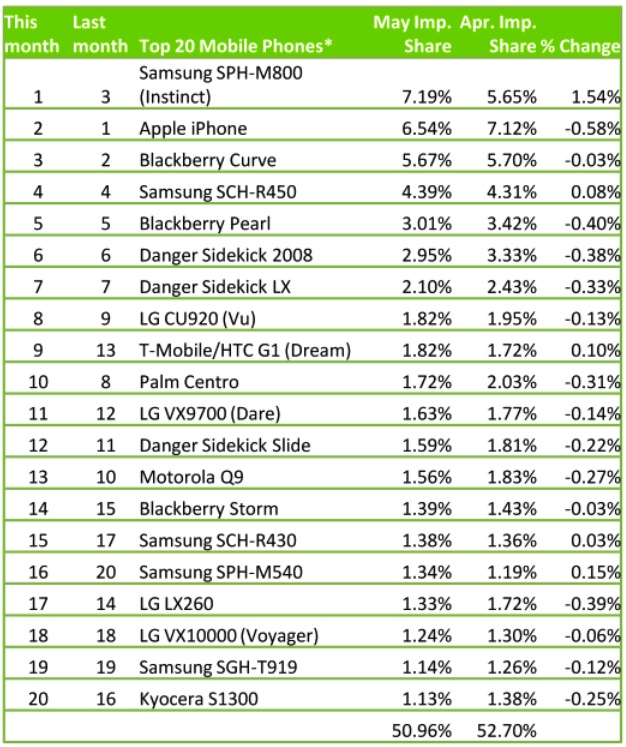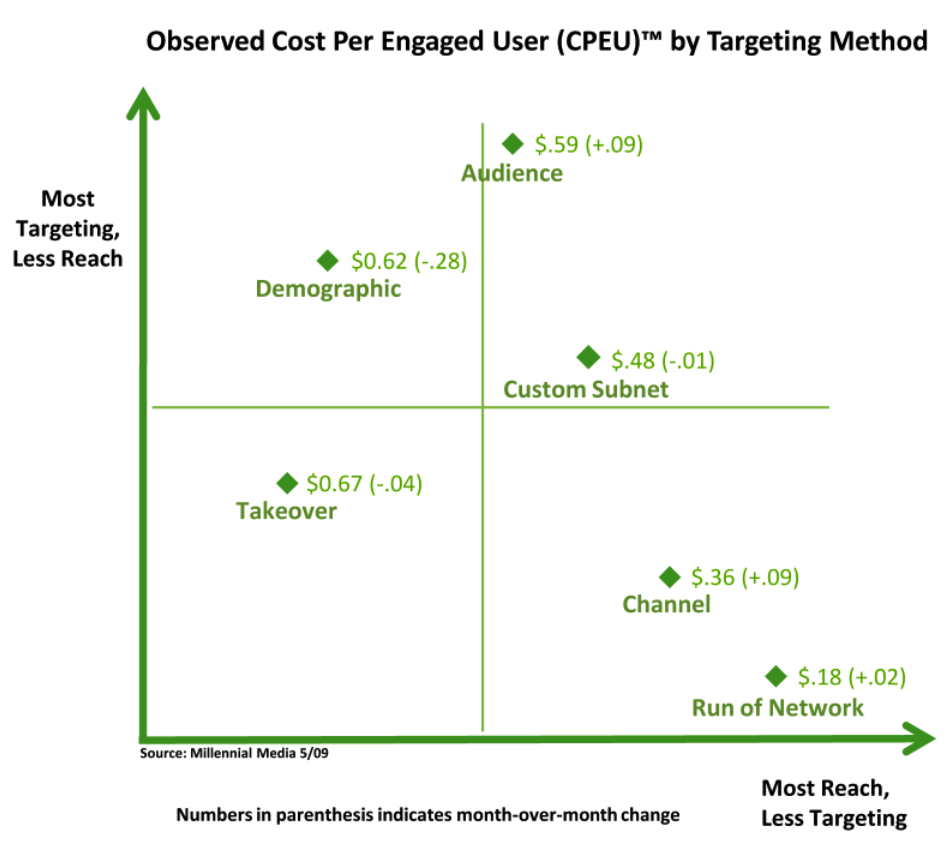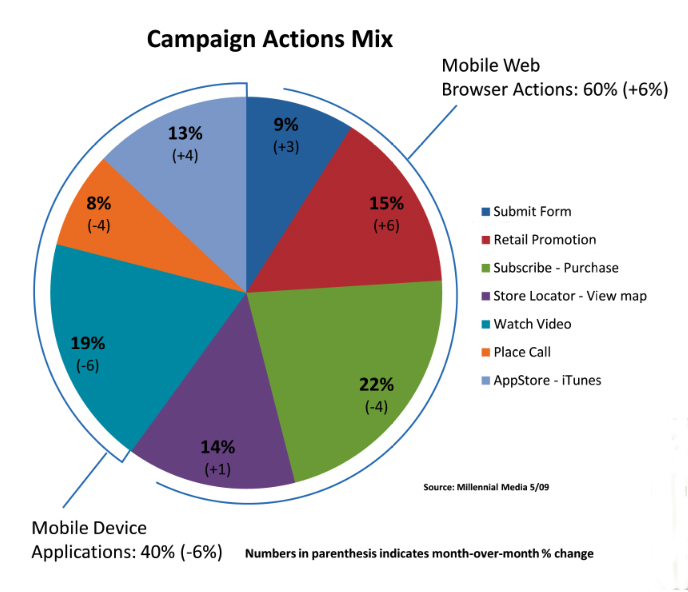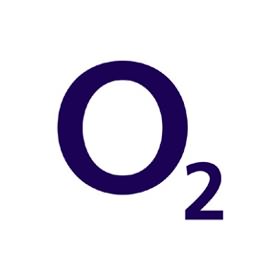 The all-the-rage iPhone (can someone please come up with a worthy competitor, please, so we have other things to talk about, too?) is said to be increasingly the businessman’s (and woman’s!) phone of choice. Satisfaction rates outstrip Blackberry and anyone else out there competing…
The all-the-rage iPhone (can someone please come up with a worthy competitor, please, so we have other things to talk about, too?) is said to be increasingly the businessman’s (and woman’s!) phone of choice. Satisfaction rates outstrip Blackberry and anyone else out there competing…
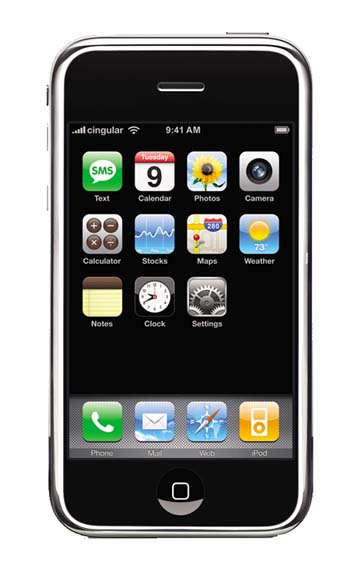 I am not sure how it is elsewhere but in the UK where O2 holds the reigns on the iPhone, it appears that this might only be true for the ones that work for very generous employers (or those whose IT departments are not very cost-conscious) or that have only domestic businesses to pursue. Because when one attempts to make one’s iPhone travel-proof (and, remember, the data usage is what makes it such a delight!), you get somewhat of a rough awakening: transferring your all-you-can-eat data plan to international territories, fail. No such thing. No can do. The only thing one can do is buy a data packet of either 10MB (for £20) or 30MB (for £50). And this even though I am on one of the dearer packages on offer.
I am not sure how it is elsewhere but in the UK where O2 holds the reigns on the iPhone, it appears that this might only be true for the ones that work for very generous employers (or those whose IT departments are not very cost-conscious) or that have only domestic businesses to pursue. Because when one attempts to make one’s iPhone travel-proof (and, remember, the data usage is what makes it such a delight!), you get somewhat of a rough awakening: transferring your all-you-can-eat data plan to international territories, fail. No such thing. No can do. The only thing one can do is buy a data packet of either 10MB (for £20) or 30MB (for £50). And this even though I am on one of the dearer packages on offer.
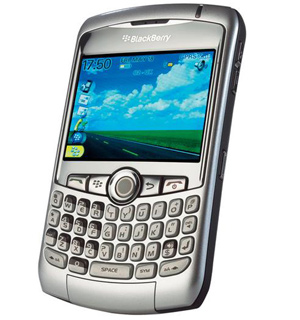 Now, would I own a Nokia N-97 with a Vodafone contract, I would roam as freely as a bird (well, they don’t actually say anything about data roaming…)! If I would be on a Blackberry Enterprise package (on O2!), it costs £20 to extend to international roaming. No worries about data consumption. Keep the e-mails flowing… Anything like that for the iPhone? Nope…
Now, would I own a Nokia N-97 with a Vodafone contract, I would roam as freely as a bird (well, they don’t actually say anything about data roaming…)! If I would be on a Blackberry Enterprise package (on O2!), it costs £20 to extend to international roaming. No worries about data consumption. Keep the e-mails flowing… Anything like that for the iPhone? Nope…
As a customer, I say: shame on you, O2! It is terrible! I am going on a vacation with my children to Germany (where O2 is also present!) and France and one of the biggest cost items will likely be my phone bill. Not so good at all!

